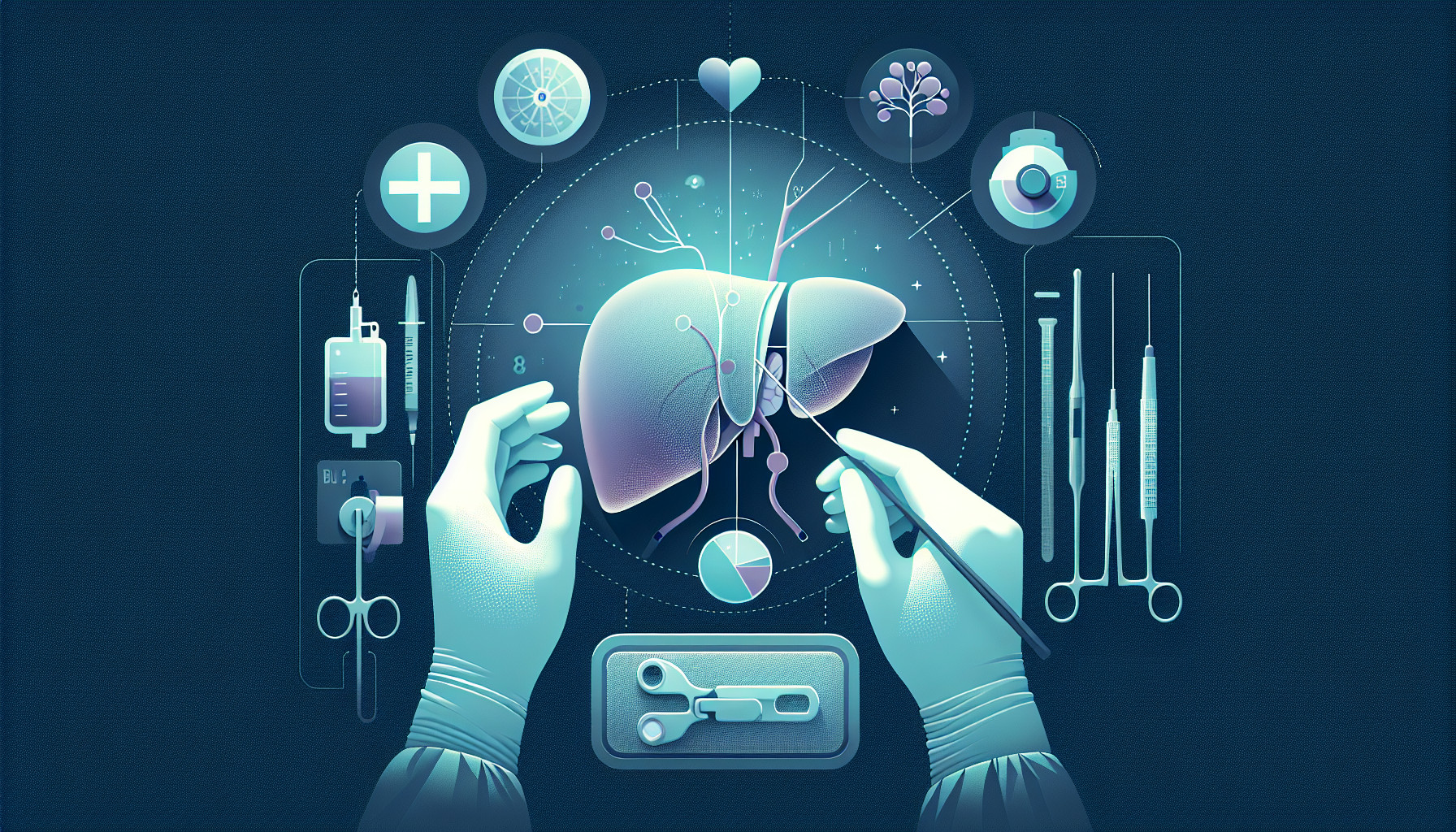Our Summary
The researchers in this study looked at how often children who had received a liver transplant got infections. They examined 152 kids who had these transplants in Japan from 2019 to 2021, and found that about 18% of them showed signs of bacterial infection. The time when these infections showed up varied, but a third of them happened more than two weeks after the surgery. The majority of the infections were bacterial, but about one-fifth were fungal. The study also found that children were more likely to get an infection if they needed to have surgery again after the transplant, or if the weight of the liver they received was relatively high compared to their own weight. This information could be useful for doctors to help manage infections in children who have had liver transplants.
FAQs
- What percentage of children who had liver transplants showed signs of bacterial infection in the study?
- What factors increased the risk of infection after a pediatric liver transplant?
- What types of infections were most common after pediatric liver transplants according to the study?
Doctor’s Tip
One helpful tip a doctor might tell a patient about pediatric liver transplant is to closely monitor for signs of infection, especially in the weeks following the surgery. It is important to follow all post-transplant care instructions and notify your healthcare provider immediately if you notice any signs of infection such as fever, increased pain, redness or swelling at the surgical site, or any other unusual symptoms. Prompt treatment of infections is crucial to ensuring a successful outcome after a liver transplant.
Suitable For
Pediatric liver transplant patients are typically recommended for transplant if they have end-stage liver disease, acute liver failure, inborn errors of metabolism, liver tumors, or other conditions that are not responsive to medical management. These patients may experience symptoms such as jaundice, fatigue, abdominal swelling, itching, and poor growth. Additionally, children with autoimmune liver diseases, viral hepatitis, or genetic liver disorders may also be considered for liver transplantation.
Timeline
Before pediatric liver transplant:
Diagnosis of liver disease: A child is diagnosed with a severe liver disease that cannot be managed with medication or other treatments.
Evaluation and assessment: The child undergoes a series of tests and evaluations to determine if they are a suitable candidate for a liver transplant, including blood tests, imaging tests, and consultations with a multidisciplinary team of healthcare providers.
Placement on the transplant waiting list: If the child is deemed eligible for a liver transplant, they are placed on the national transplant waiting list and wait for a suitable donor organ to become available.
Pre-transplant care: The child receives pre-transplant care to optimize their health and prepare for the surgery, including managing their symptoms, nutritional support, and psychological support.
Surgery: The child undergoes a liver transplant surgery, where their diseased liver is replaced with a healthy liver from a deceased or living donor.
After pediatric liver transplant:
Post-operative care: The child is closely monitored in the intensive care unit (ICU) immediately after surgery for any complications or signs of rejection.
Recovery and rehabilitation: The child continues to recover in the hospital and receives ongoing care to manage pain, prevent infections, and monitor for signs of rejection.
Long-term follow-up: The child will require lifelong medical follow-up to monitor the health of the transplanted liver, manage any complications or side effects, and adjust medications as needed.
Immunosuppressive therapy: The child will need to take immunosuppressive medications for the rest of their life to prevent their immune system from rejecting the transplanted liver.
Return to normal activities: With time and proper care, the child can return to normal activities and enjoy an improved quality of life with their new liver.
What to Ask Your Doctor
- What signs or symptoms of infection should I watch for in my child after the liver transplant?
- How can I help prevent infections in my child post-transplant?
- What is the typical timeline for infections to occur after a pediatric liver transplant?
- Will my child need any additional surgeries or procedures after the liver transplant, and how can this impact infection risk?
- Are there any specific factors that may increase my child’s risk for infections after the transplant, such as the weight of the donor liver?
- What steps can be taken to reduce the risk of bacterial and fungal infections in my child following the liver transplant?
- How will infections be diagnosed and treated in my child if they occur post-transplant?
- How often should my child be monitored for infections after the liver transplant?
- Are there any precautions or lifestyle changes my child will need to follow to prevent infections after the transplant?
- What is the plan for managing infections in my child in the long term after the liver transplant?
Reference
Authors: Tanimura S, Chuah SL, Shimizu S, Sakamoto S, Kasahara M, Nakagawa S. Journal: Pediatr Transplant. 2025 Feb;29(1):e70032. doi: 10.1111/petr.70032. PMID: 39837776
